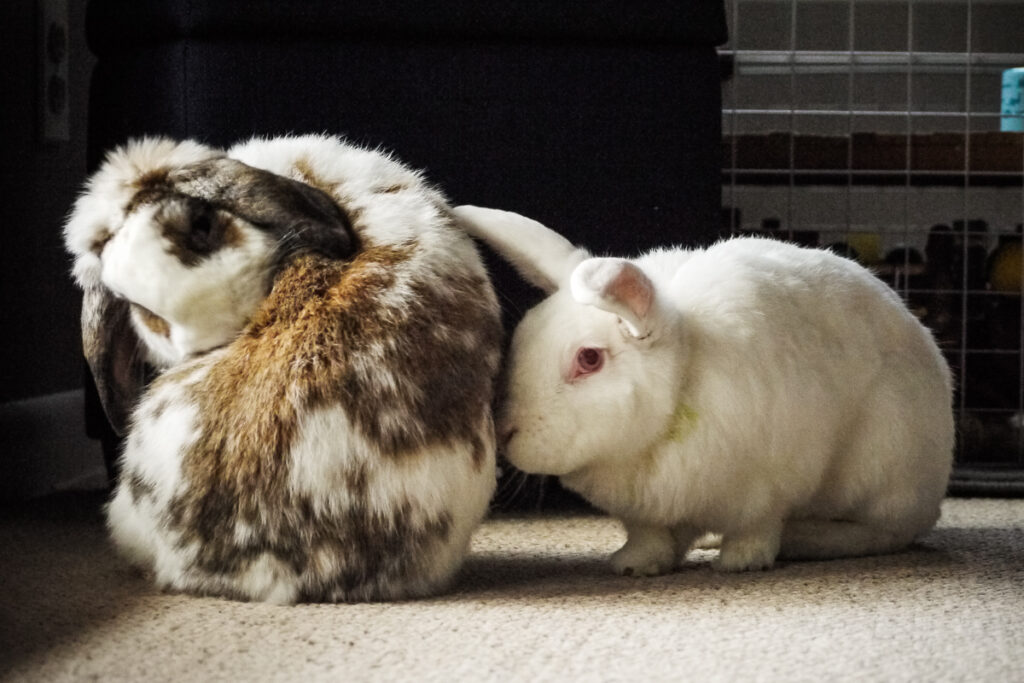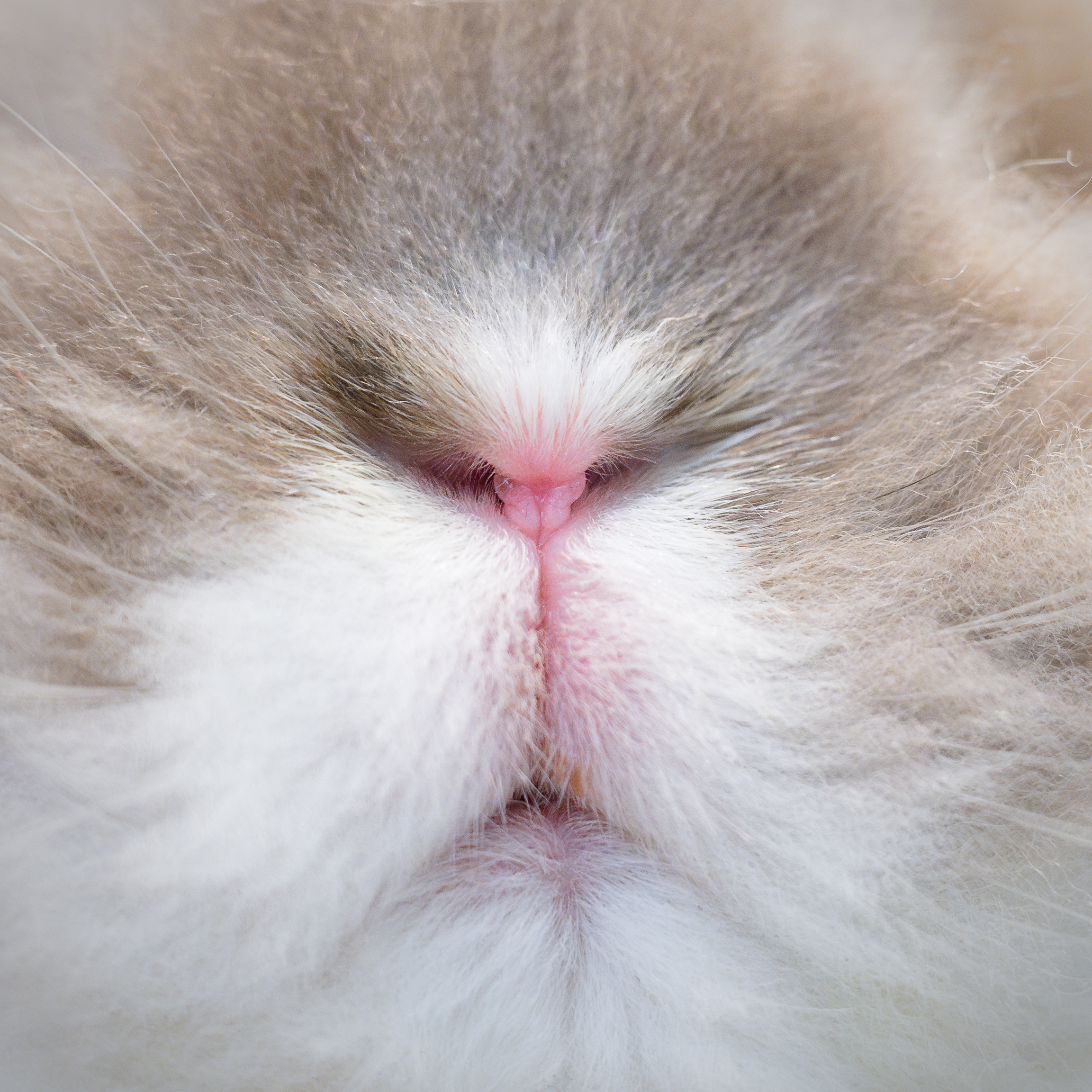Overgrooming in rabbits, also known as excessive grooming or barbering, can have various causes. Here are some common factors that may contribute to overgrooming in rabbits.
- Stress or Anxiety:
- Changes in the environment, new companions, or stressful situations can lead to overgrooming as a coping mechanism. Have there been recent changes in your bunny’s environment? They may be the cause.
- Boredom:
- Lack of mental and physical stimulation can result in rabbits resorting to overgrooming as a way to pass the time. It’s critical to provide mental stimulation and plenty of exercise.
- Allergies:
- Allergies to certain foods, bedding materials, or environmental factors may cause skin irritation, prompting excessive grooming.
- Skin Irritation or Parasites:
- Itchy skin due to mites, fleas, or other skin parasites can lead to overgrooming in an attempt to alleviate discomfort.
- Medical Conditions:
- Underlying health issues, such as dental problems, arthritis, or pain, may cause rabbits to overgroom as a response to discomfort.
- Hormonal Changes:
- Hormonal imbalances, especially in unspayed or unneutered rabbits, can contribute to overgrooming behaviors. It’s important to spay or neuter your rabbit for this any many other reasons.
- Social Dynamics:
- Dominance or submission within a group of rabbits can influence grooming behavior. The submissive rabbit may be overgroomed by the dominant one.
- Bacterial or Fungal Infections:
- Infections of the skin can cause irritation, prompting rabbits to groom excessively.
If you observe overgrooming in your rabbit, it’s essential to consult with a veterinarian to identify the underlying cause. Addressing the root issue is crucial for the well-being of your rabbit and may involve changes in their environment, diet, social dynamics, or medical treatment.

